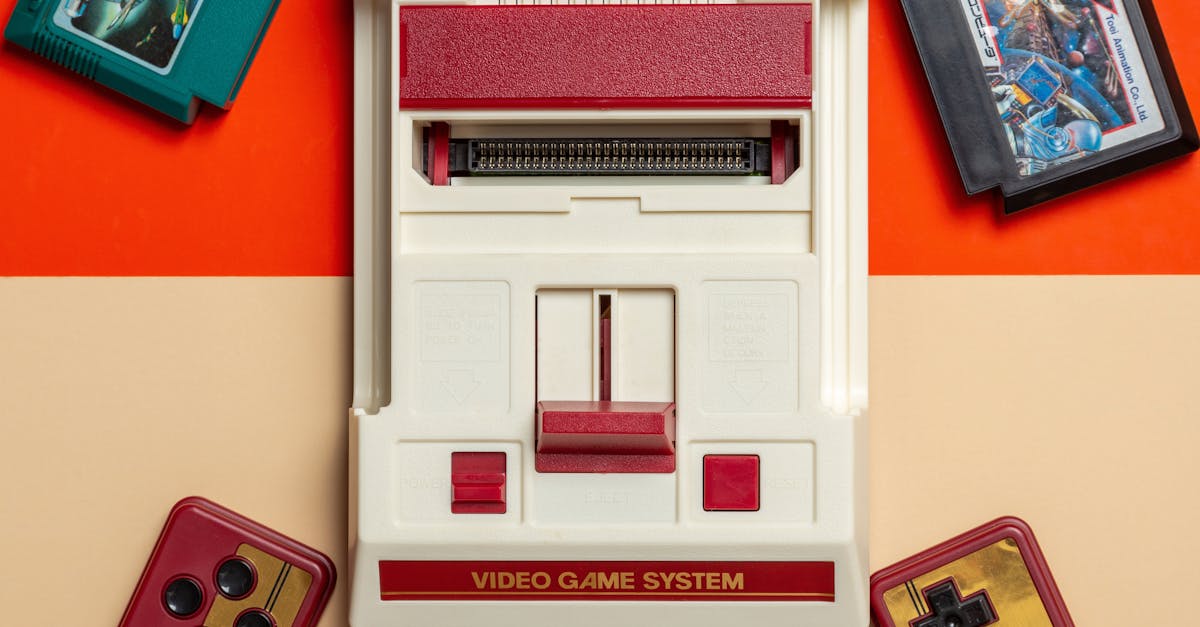Gaming history isn’t just shaped by the bestsellers—it’s defined by the bold. While PlayStation, Xbox, and Nintendo hog the spotlight, a quieter rebellion has always been brewing beneath the surface. These are the consoles that dared to be different—quirky, ambitious, sometimes flawed, but always ahead of their time. They didn’t always win the market, but they won the respect of developers, collectors, and diehard fans who saw their potential before the world caught up. This list dives into 9 under-appreciated consoles that left fingerprints all over the future of gaming, influencing everything from controller design to online play and genre innovation. Some were cult favorites; others vanished almost overnight. But all of them deserve a place in the hall of innovation. So, plug in, power up, and join us on a deep-cut tour through the consoles that changed the game—just not the way you remember it.
1. Sega Dreamcast: The Pioneer of Online Gaming
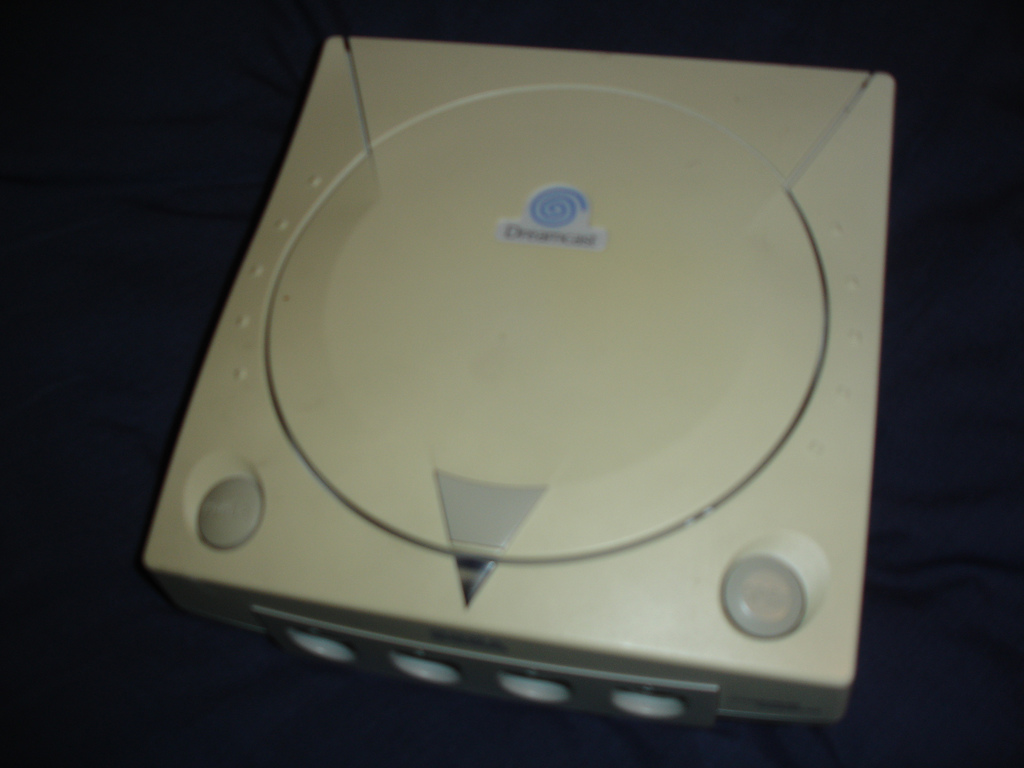
Launched in 1999, the Sega Dreamcast was ahead of its time, introducing features that would become standard in later generations. It was the first console to include a built-in modem for online gaming, paving the way for the interconnected gaming communities we see today. Titles like "Phantasy Star Online" offered players a glimpse into the future of multiplayer gaming. Despite its innovative features, the Dreamcast struggled against the PlayStation 2's overwhelming market presence. However, its legacy endures through the online gaming revolution it helped to spark, influencing how developers and players viewed interactive entertainment.
2. Nintendo GameCube: A Cube of Pure Innovation
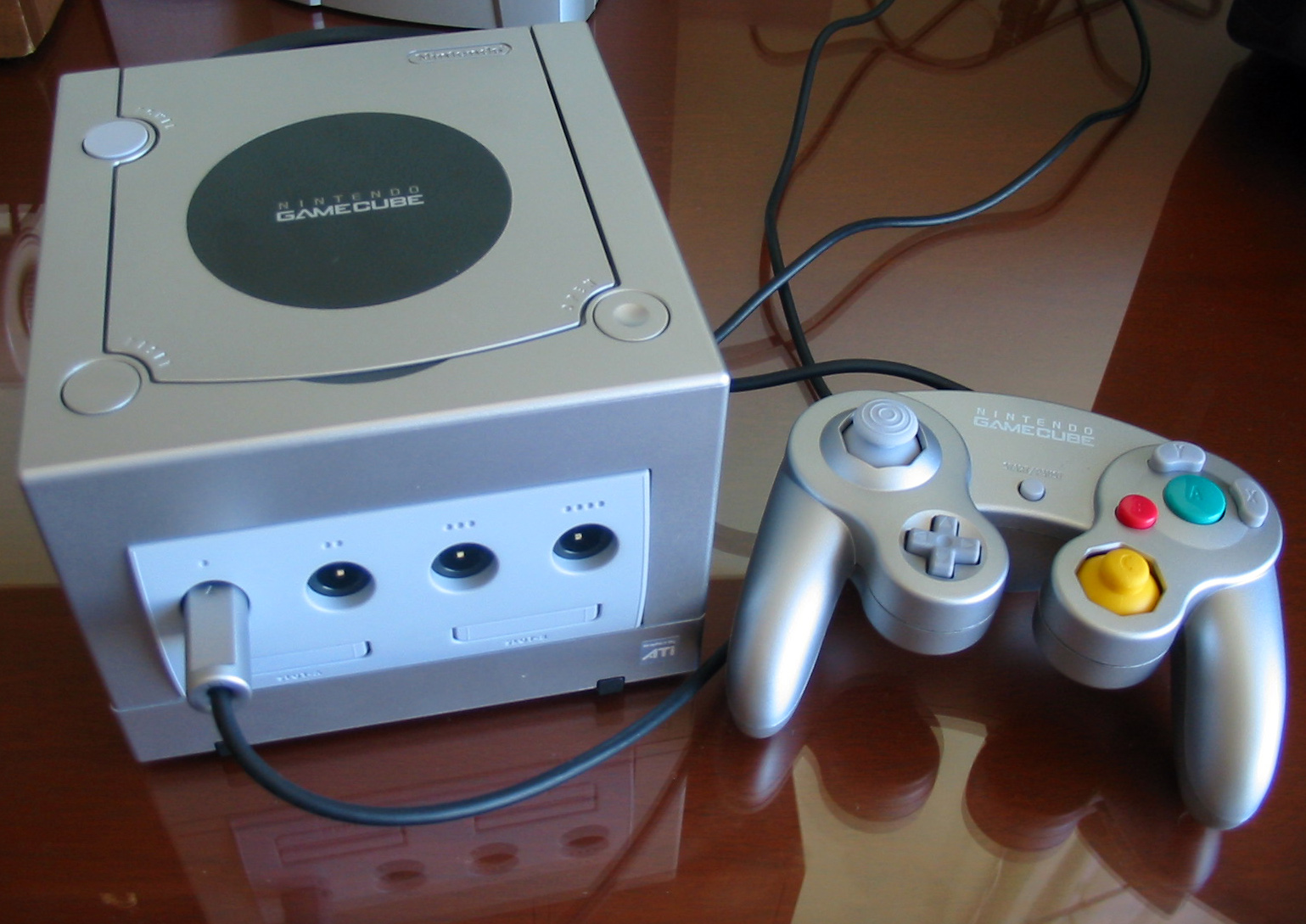
The Nintendo GameCube, released in 2001, was a bold step for Nintendo, embracing a compact design with a focus on multiplayer experiences. It introduced the world to franchises like "Pikmin" and "Luigi's Mansion," showcasing Nintendo's unique approach to game design. The console's controller, with its ergonomic design and innovative button layout, influenced future Nintendo controllers. Despite facing stiff competition from the PlayStation 2 and Xbox, the GameCube's emphasis on fun and creativity left a lasting impact. Its legacy is evident in the continued popularity of its games and the nostalgic fondness many gamers hold for its quirky design.
3. Atari Jaguar: A Leap into 64-Bit Gaming
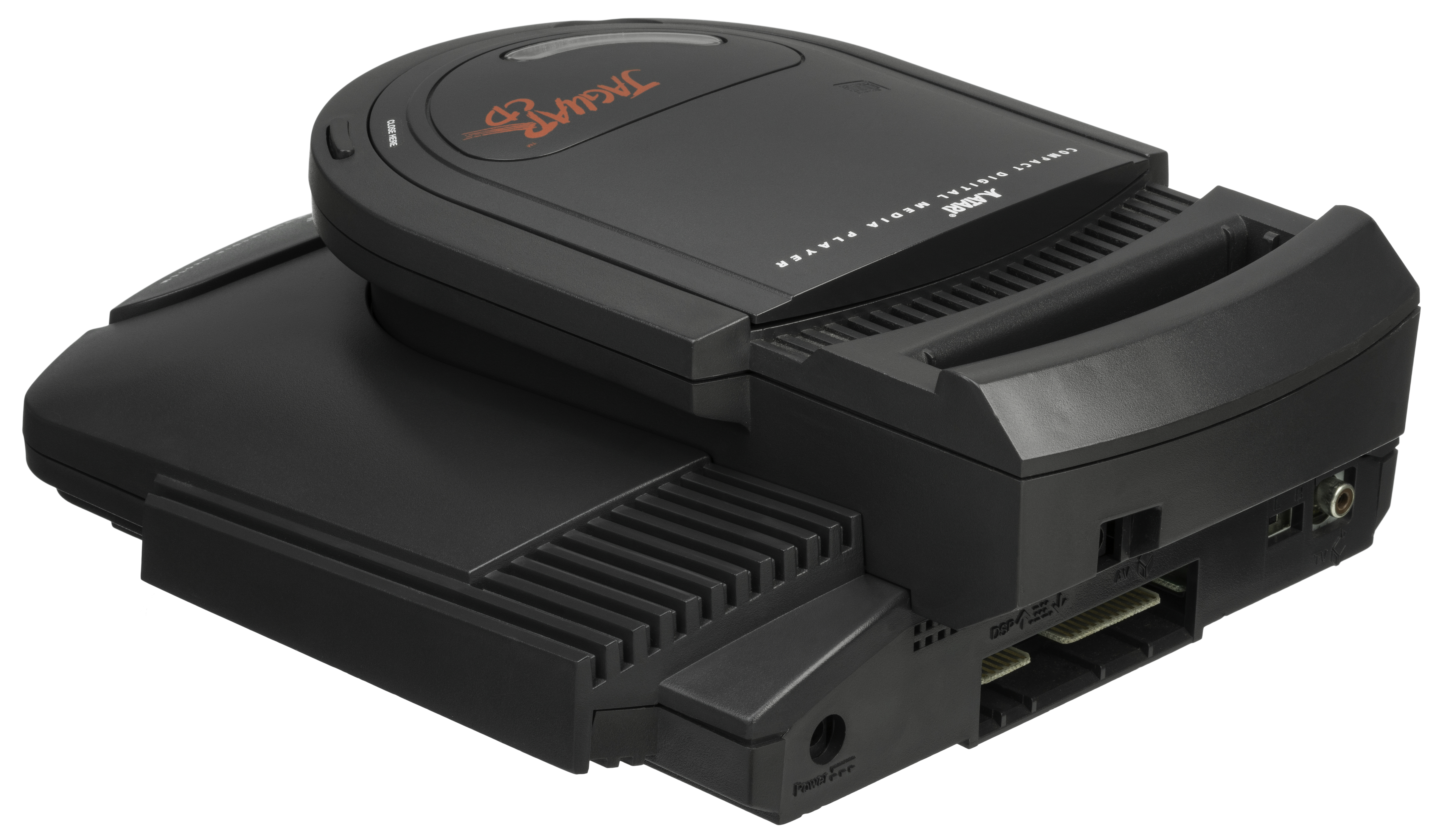
Atari's Jaguar, released in 1993, was marketed as the first 64-bit console, promising unprecedented graphics and performance. While its technical prowess was undeniable, the Jaguar suffered from a lack of developer support and a confusing architecture that made game development challenging. Nevertheless, it introduced gamers to titles like "Alien vs. Predator," which showcased its potential. The Jaguar's ambition highlighted the industry's push towards more powerful hardware, setting the stage for future consoles to prioritize performance and graphical fidelity. Despite its commercial failure, the Jaguar remains a testament to Atari's innovative spirit.
4. TurboGrafx-16: The Unsung Hero of the 16-Bit Era
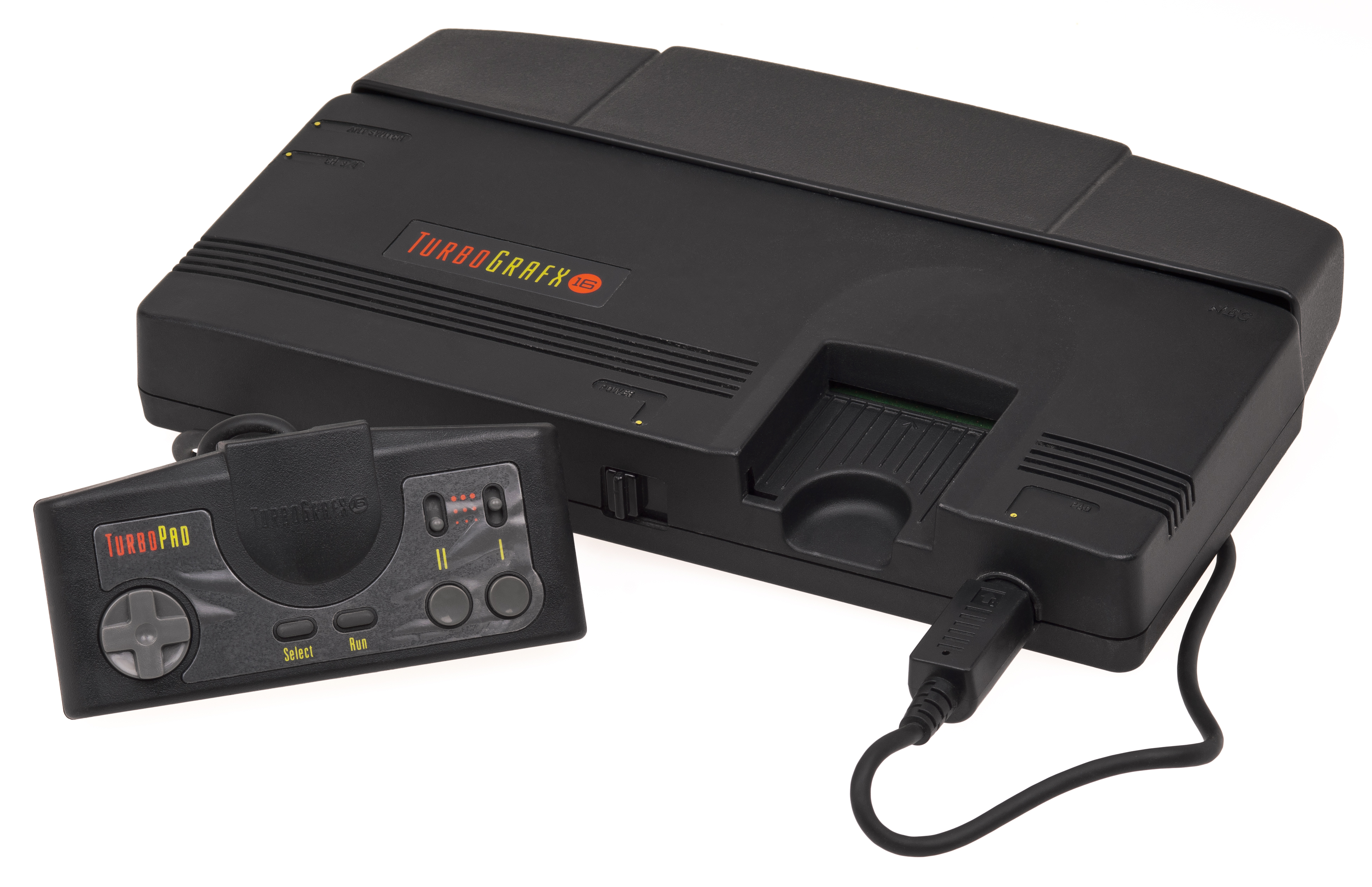
The TurboGrafx-16, known as the PC Engine in Japan, was a formidable contender during the 16-bit era. Released in 1987, it was the first console to use a CD-ROM add-on, expanding the possibilities for game developers. The TurboGrafx-16 boasted a vibrant library of games, including the beloved "Bonk's Adventure" and "Ys" series. While it struggled to gain a foothold in North America, its success in Japan and innovative use of CD technology influenced future console designs. The TurboGrafx-16's legacy lies in its role as a pioneer of multimedia gaming, offering a glimpse into the future of interactive entertainment.
5. Neo Geo: The Arcade Experience at Home
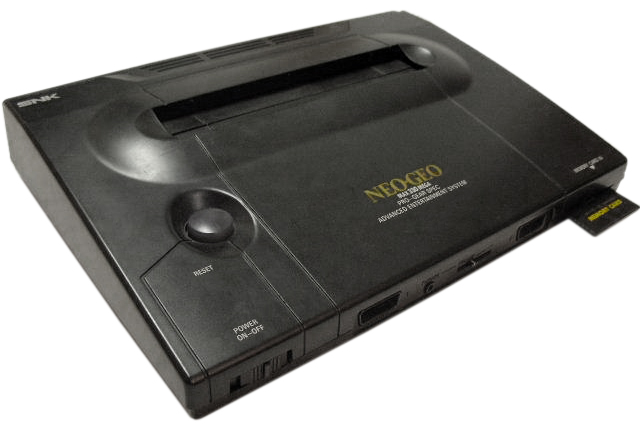
The Neo Geo, launched in 1990, was a luxury console that brought the arcade experience into the living room. Known for its high price and arcade-perfect ports, the Neo Geo catered to hardcore gamers seeking the ultimate gaming experience. Titles like "Metal Slug" and "King of Fighters" became synonymous with the console's brand, showcasing its superior graphics and sound capabilities. Although its high cost limited its market reach, the Neo Geo's focus on quality and arcade authenticity set a standard for future consoles. Its influence is still felt today, with many of its games enjoying cult status among retro gaming enthusiasts.
6. Sega Saturn: The 32-Bit Powerhouse

The Sega Saturn, released in 1994, was a powerhouse of 32-bit technology, offering impressive graphics and sound capabilities. It introduced gamers to classics like "Nights into Dreams" and "Panzer Dragoon," which pushed the boundaries of what was possible on home consoles. However, the Saturn's complex architecture and poor marketing strategy hindered its success. Despite these challenges, the Saturn's contributions to 3D gaming and its impressive library of games have earned it a dedicated fanbase. Its legacy is evident in the continued appreciation for its innovative titles and the lessons learned by Sega for future console endeavors.
7. 3DO Interactive Multiplayer: The Visionary Console
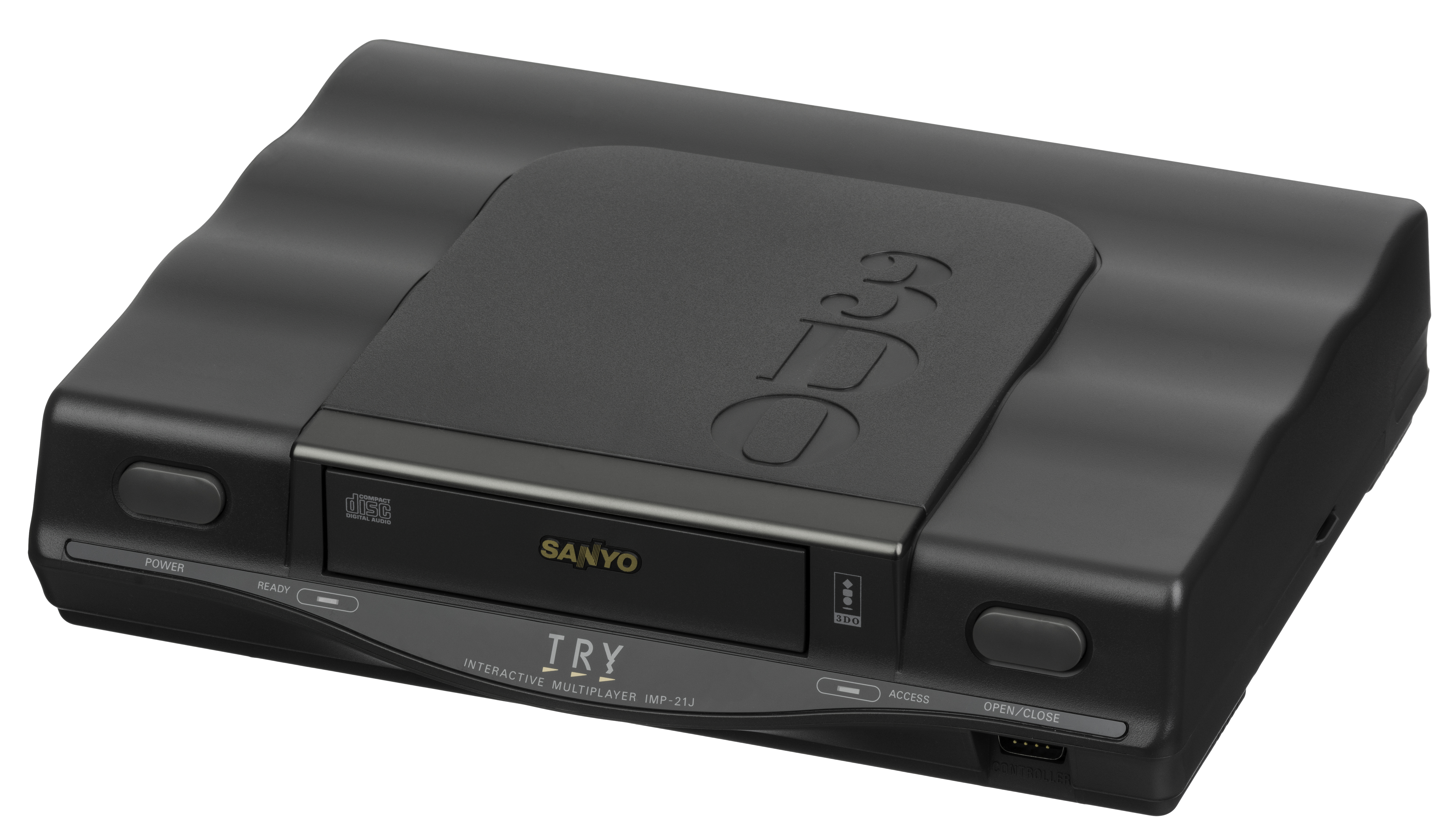
The 3DO Interactive Multiplayer, launched in 1993, aimed to revolutionize the gaming industry with its open architecture and multimedia capabilities. Developed by The 3DO Company, it was one of the first consoles to prioritize CD-based games, offering rich audio and full-motion video. Despite its ambitious vision and strong third-party support, the 3DO struggled due to its high price and competition from more established brands. However, its emphasis on multimedia and interactive entertainment foreshadowed the convergence of gaming and media that is prevalent today. The 3DO's legacy is a testament to the industry's ever-evolving landscape and the importance of innovation.
8. Philips CD-i: The Multimedia Pioneer
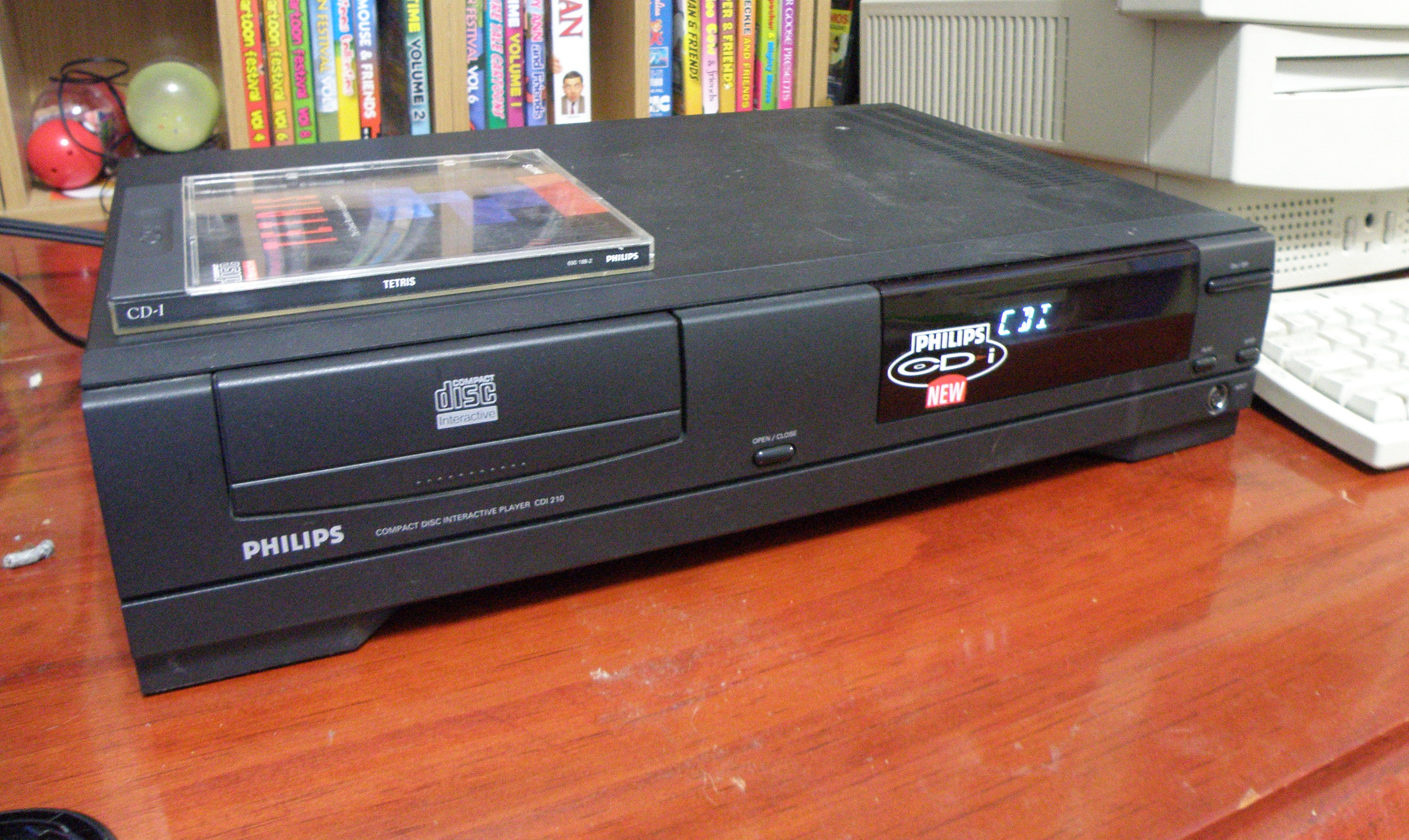
The Philips CD-i, released in 1991, was a multimedia machine that sought to merge gaming with educational and interactive content. While its gaming library was limited, it offered unique experiences like "The 7th Guest" and "Hotel Mario." The CD-i's focus on multimedia paved the way for future consoles to explore non-gaming applications, such as streaming and educational software. Although it failed to capture a significant market share, the CD-i's legacy lies in its exploration of the potential for consoles to be more than just gaming devices. It highlighted the possibilities of interactive media, influencing future console designs.
9. Vectrex: The Vector Graphics Innovator

The Vectrex, released in 1982, was a unique console that used vector graphics instead of the raster graphics common at the time. Its built-in screen and vector-based games offered a distinct gaming experience, with titles like "Mine Storm" and "Star Castle" showcasing its capabilities. Despite its innovative design, the Vectrex struggled against the more popular Atari 2600. However, its focus on unique hardware and gameplay experiences inspired future developers to think outside the box. The Vectrex's legacy is a reminder of the importance of creativity and innovation in the gaming industry, encouraging future generations to push the boundaries of what is possible.
The Legacy of Innovation
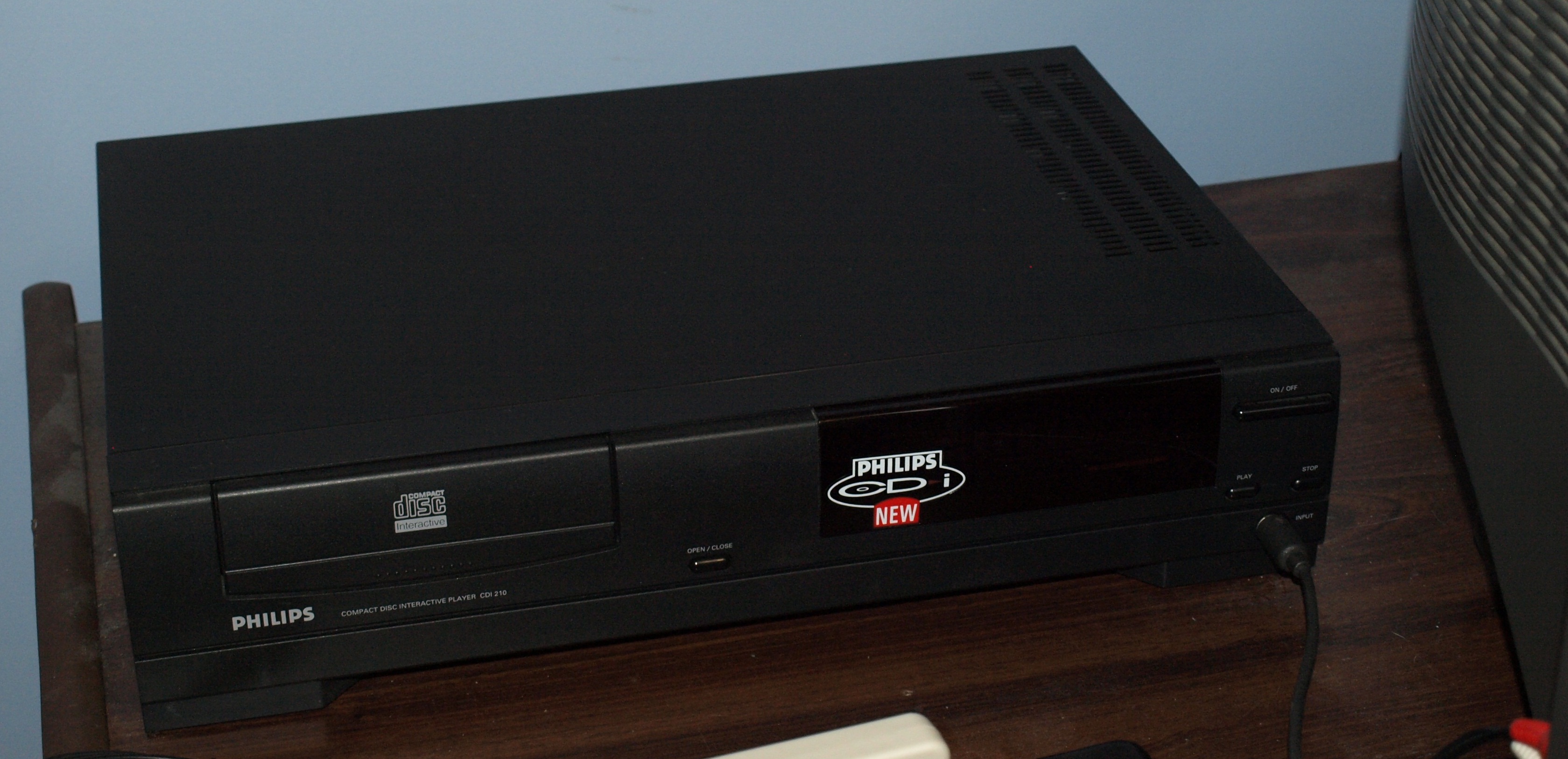
The journey from GameCube to glory reveals a rich history of underappreciated consoles that have shaped the gaming world in profound ways. Each console, from the Sega Dreamcast to the Vectrex, contributed to the industry's evolution, challenging norms and introducing new ideas. While they may not have achieved commercial success, their legacies live on through the innovations they inspired and the fond memories they created for gamers. As we celebrate these forgotten titans, we are reminded of the importance of embracing creativity and innovation, ensuring that the spirit of exploration continues to drive the gaming industry forward.



